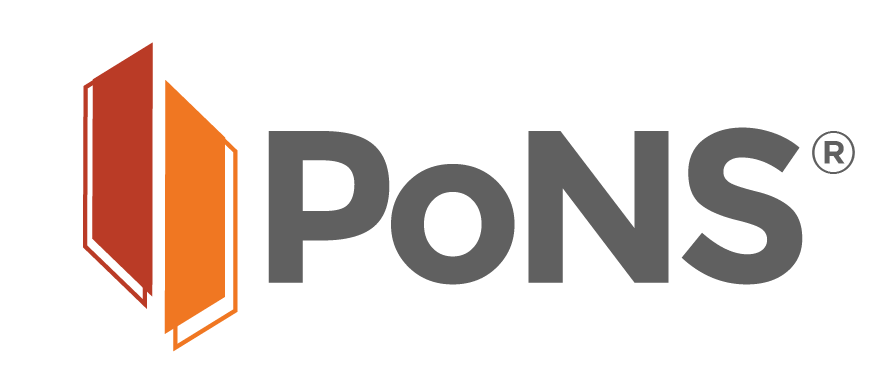Get to know PoNS® – for individuals with gait deficit
Gait Deficit: Neuropathology
PoNS Therapy® Drives Neuroplasticity
Translingual-induced neurostimulation employs neural mechanisms that may compensate for abnormal activity of corticospinal pathways involved in regulating movement and coordination.
The tongue, which has a large cortical representation, is innervated in its front two-thirds by branches of the trigeminal and facial nerves with direct connections to the brainstem. Clinical evidence suggests that PoNS Therapy® (PoNS device plus physical therapy) can exert neuromodulation effects by the translingual stimulation of the lingual nerve (trigeminal nerve branch) and chorda tympani (facial nerve branch).
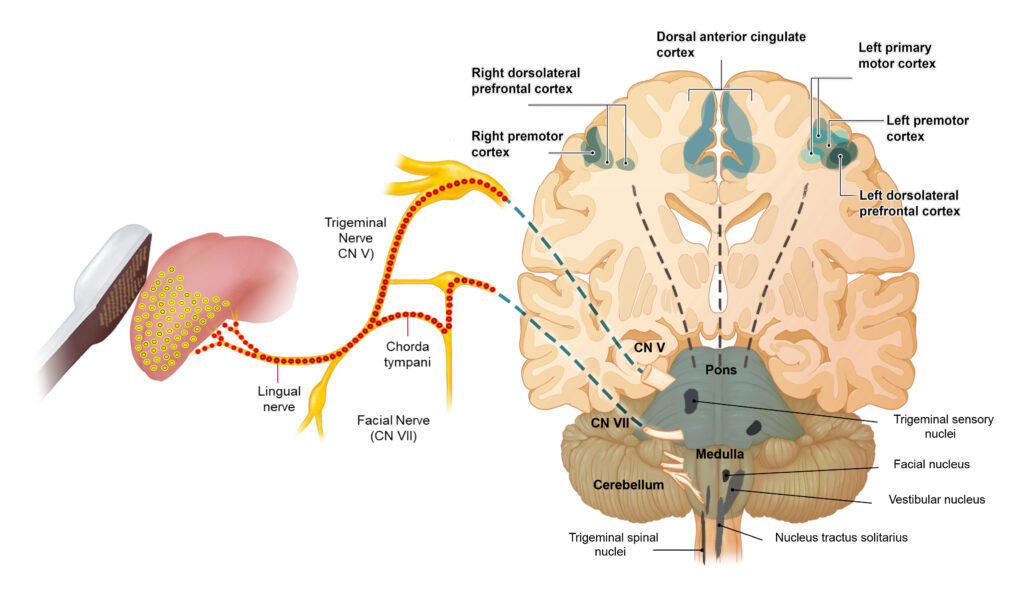
These cranial nerves have direct connections with specific areas of the brainstem (in the pons variolii and the medulla). Translingual stimulation promotes activation of mechanisms involved in neuromodulation of signaling pathways from these brainstem areas to target regions in the cerebral cortex including the left motor cortex, the bilateral anterior cingulate and dorsolateral prefrontal cortex areas that may contribute to regulate functional and cognitive mechanisms of movement and balance control.
Sustained PoNS-induced neuromodulation of these cortical areas is believed to promote adaptive changes leading to the development of new neurite/axonal networks to replace/repair impaired corticospinal tract pathways that deliver the signal to the spinal cord.
Consistent application of PoNS Therapy, over 14 weeks, is likely to consolidate these neuroplasticity mechanisms, which may compensate for the loss/decrease of function and be ultimately responsible for the therapeutic effects over the treatment period.
Why the Tongue
The tongue contains a high density of nerve endings, requiring less current than the skin to elicit a sensory response.
The mouth maintains a constant pH and temperature in a protected environment and, because saliva is an excellent electrolyte, the electrical impulse travels easily through the nerve fibers. The electrode array does not need to be implanted to conduct the impulses.
These properties make the tongue an ideal site for PoNS neurostimulation, and the electrical impulses feel like champagne bubbles or carbonation on the tongue.
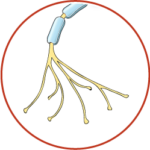
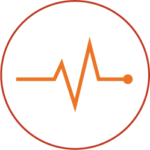


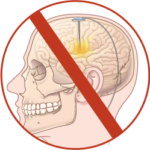
REFERENCES:
Danilov Y, Kaczmarek K, Skinner K, Tyler M. Cranial nerve noninvasive neuromodulation: new approach to neurorehabilitation. In: Kobeissy FH, ed. Brain Neurotrauma: Molecular, Neuropsychological, and Rehabilitation Aspects. CRC Press/Taylor & Francis; 2015
Saunders JC. The role of central nervous system plasticity in tinnitus. J Commun Disord. 2007;40(4):313–334.
Leonard G, Lapierre Y, Chen J-K, Wardini R, Crane J, Ptito A. Noninvasive tongue stimulation combined with intensive cognitive and physical rehabilitation induces neuroplastic changes in patients with multiple sclerosis: a multimodal neuroimaging study. Mult Scler J Exp Transl Clin. 2017;3(1):2055217317690561.
